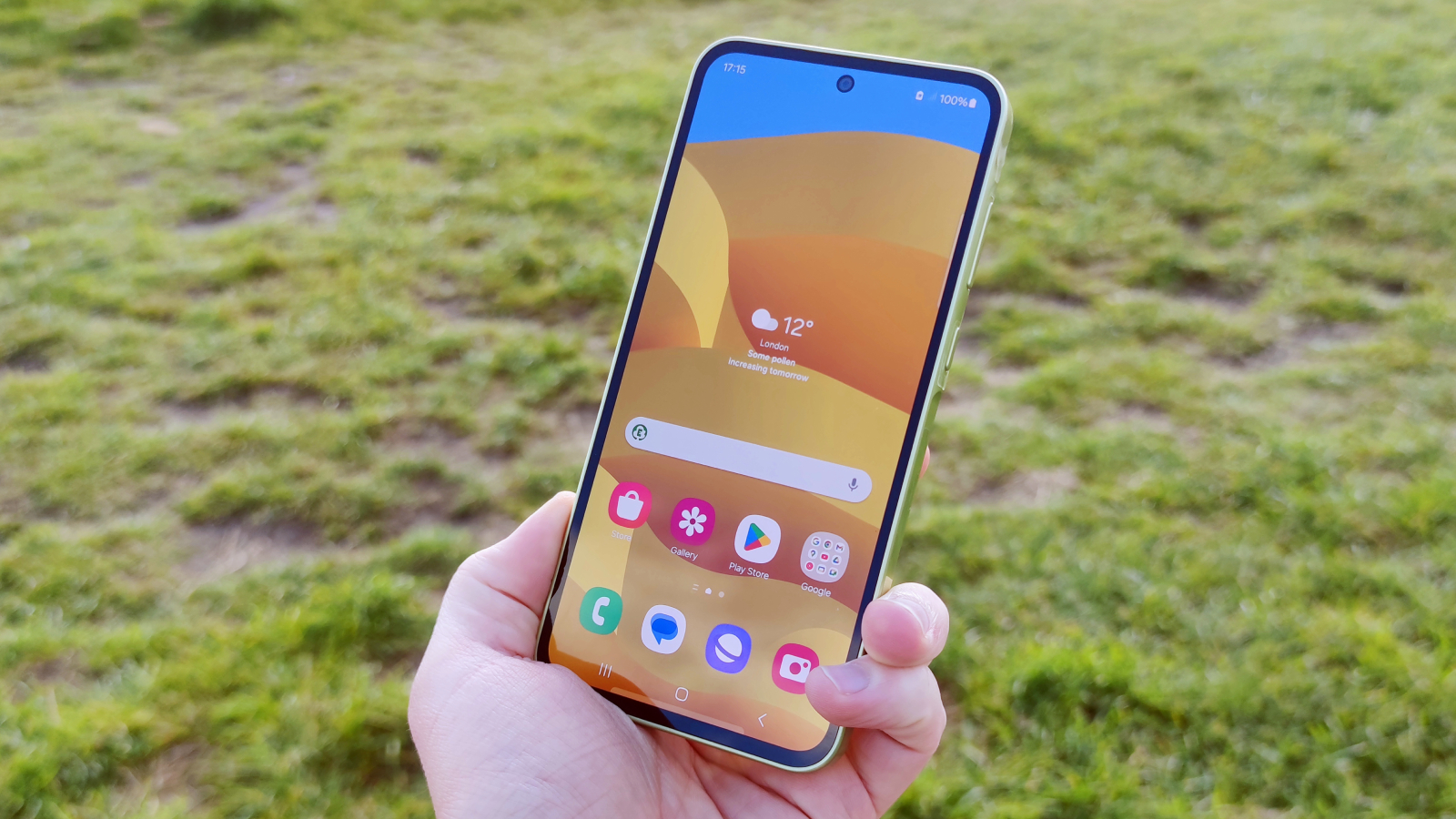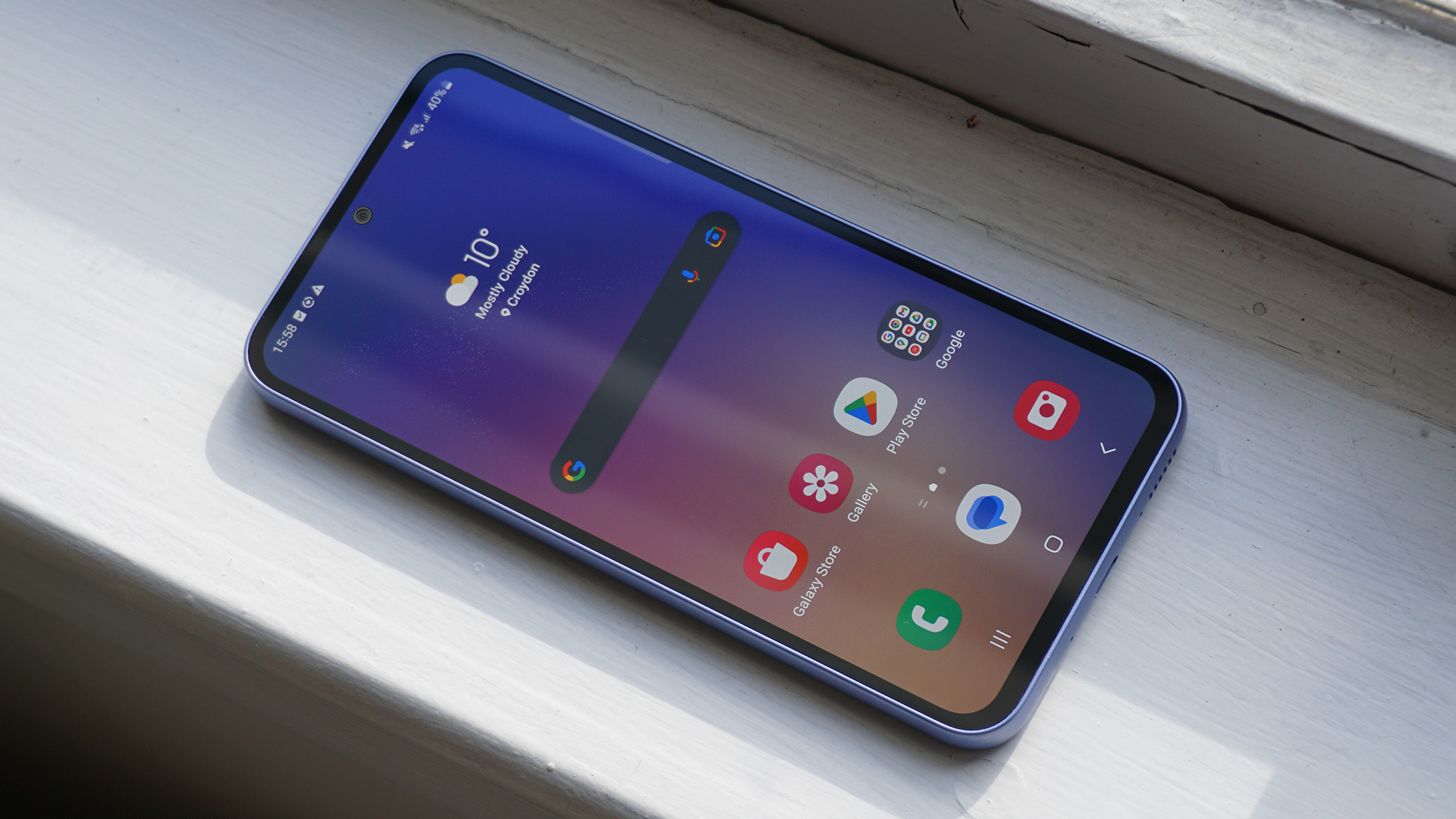Android 15 devices must have at least 32GB of storage, which should benefit the best cheap phones
Plus there are new requirements for emergency calls

- Android 15 devices require at least 32GB of storage
- This is double the previous requirement
- They also require the ability to share emergency contacts with emergency services
If you’re reading this site then – as a tech fan – there’s a good chance your phone has 128GB of storage or more, but that’s not true of all handsets. In fact, some Android phones ship with just 16GB of storage. With Android 15 though, that's no longer allowed.
Digging into a GMS (Google Mobile Services) requirements document, Android Authority has found that Google has raised the minimum storage requirement from 16GB to 32GB for any devices that ship with or get updated to Android 15.
At least 75% of that storage must be allocated to the data partition, which is the area used for apps and files.

A big boost for the cheapest phones
This should be of major benefit to the very cheapest Android phones, as 16GB simply isn’t enough in 2025 – especially when some of that is eaten up by the operating system itself. Arguably 32GB isn’t enough either, but it’s a step in the right direction.
That said, there are a couple of potential downsides. For one thing, as noted, existing 16GB devices won’t be able to get Android 15 – though we doubt many phones that shipped with just 16GB of storage would have been getting much in the way of Android updates anyway.
For another, this requirement could push manufacturers to increase the price of their cheapest phones. But it’s likely some people were buying 16GB phones without realizing how restrictive that would be, so at least this prevents that happening.
Along with the new 32GB requirement, Google has also made it a requirement that phones running Android 15 or later allow users to share their emergency contacts during emergency calls. Users have to opt into this but it’s a handy feature that would allow emergency services to update emergency contacts on what’s going on.
Get daily insight, inspiration and deals in your inbox
Sign up for breaking news, reviews, opinion, top tech deals, and more.
Technically, phone makers will still be able to avoid these requirements, but they’ll be locked out of GMS like the Google Play Store if they do, so we don’t imagine many will choose to do that.
You might also like
- Best cheap phones: all the top smartphone bargains
- Android 15: latest news and everything you need to know
- Android 16 will bring these 5 upgrades to your phone – including one I can’t wait to try out
James is a freelance phones, tablets and wearables writer and sub-editor at TechRadar. He has a love for everything ‘smart’, from watches to lights, and can often be found arguing with AI assistants or drowning in the latest apps. James also contributes to 3G.co.uk, 4G.co.uk and 5G.co.uk and has written for T3, Digital Camera World, Clarity Media and others, with work on the web, in print and on TV.
You must confirm your public display name before commenting
Please logout and then login again, you will then be prompted to enter your display name.